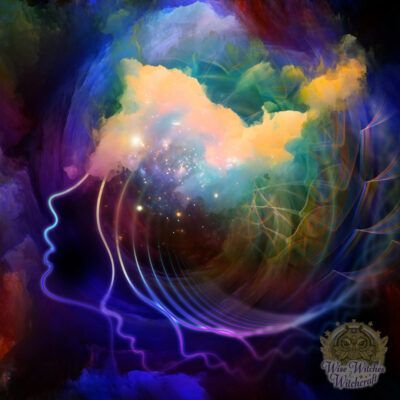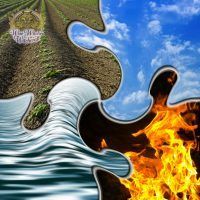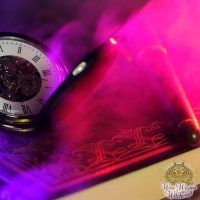What is a Witch’s Book of Shadow?
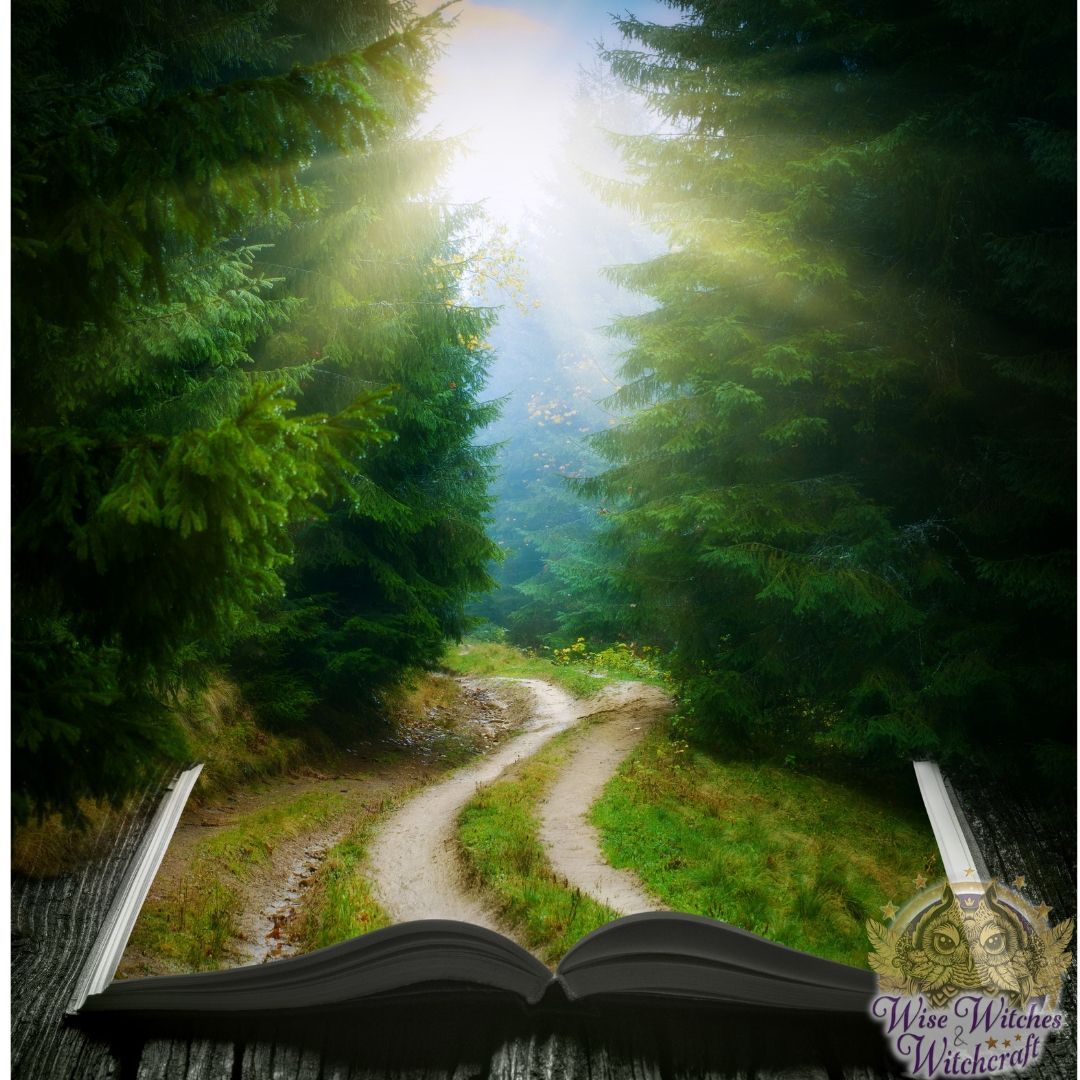
“The book to read is not the one that thinks for you but the one which makes you think.”
– Harper Lee
The Book: Anyone coming from an established religious tradition expects there to be a book that’s like a spiritual roadmap. This is not just any tome – it is THE sacred text above all others. A Witch’s Book of Shadow is not like that. Within the magical community, a Book of Shadow is a book that acts like a Witch’s diary. In those pages, she writes down information and insight that helps with practicing not only the Craft, but also day-to-day living.
Magical Book of Shadows: Historical Context
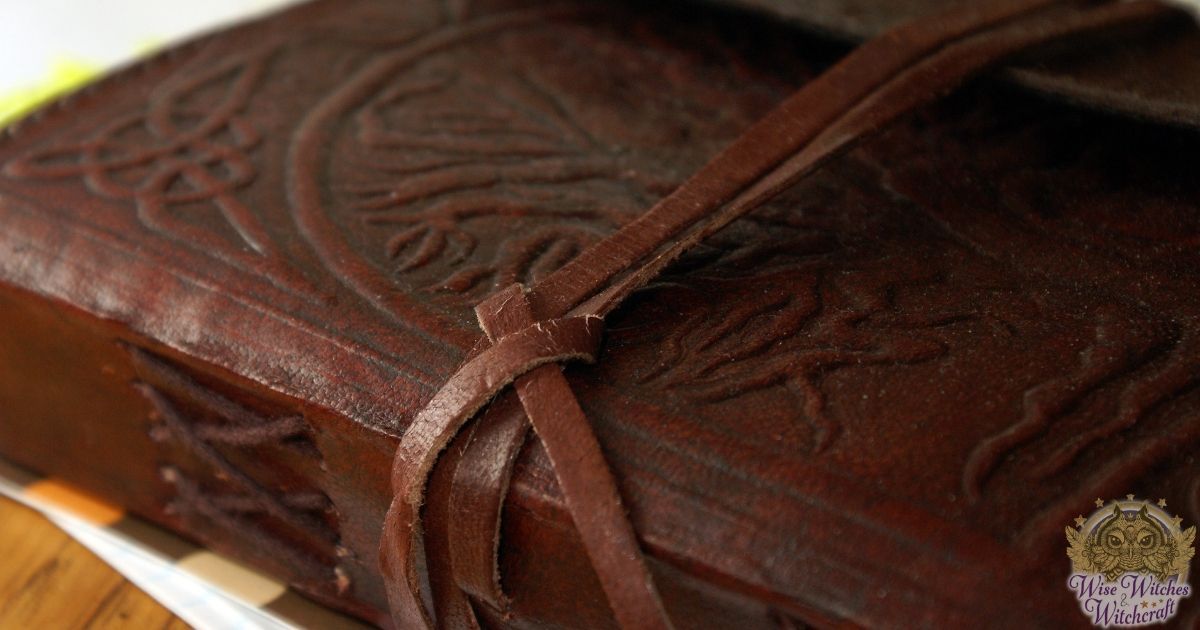
It was in the 1950s that Gerald Garner, the founder of Gardnerian Wicca, crafted his Book of Shadows. He considered this much like a recipe book, only for spells that he found dependable. Other people were welcome to copy parts of this book for their own use (but later). The first draft of Gardner’s Book of Shadows was entitled rather quaintly, Ye Bok of Ye Art Magical.
In 1953 Doreen Valiente joined Gardner’s coven and challenged him on some of his writings. She saw that much of what he used came from well-known occultists like Aleister Crowley. Mr. Gardner admitted to the sources and told her to try her own hand at the book. She accepted and did a pretty good job, at that.
Going forward various groups utilized the idea of a Book of Shadows in their own way. Some kept one book strictly for coven use, and another for personal use. Both of these remain today.
What Goes in a Book of Shadows?

Each Witch has an idea about the information she wants in her Book of Shadows (BOS). There are a lot of options from which to choose (which could make a BOS that reads like War and Peace)! Because of this, many Witches and Wiccan have gone electronic, keeping their BOS on the computer where it’s easily reordered with new materials.
Partial Topic List for Your Book of Shadows
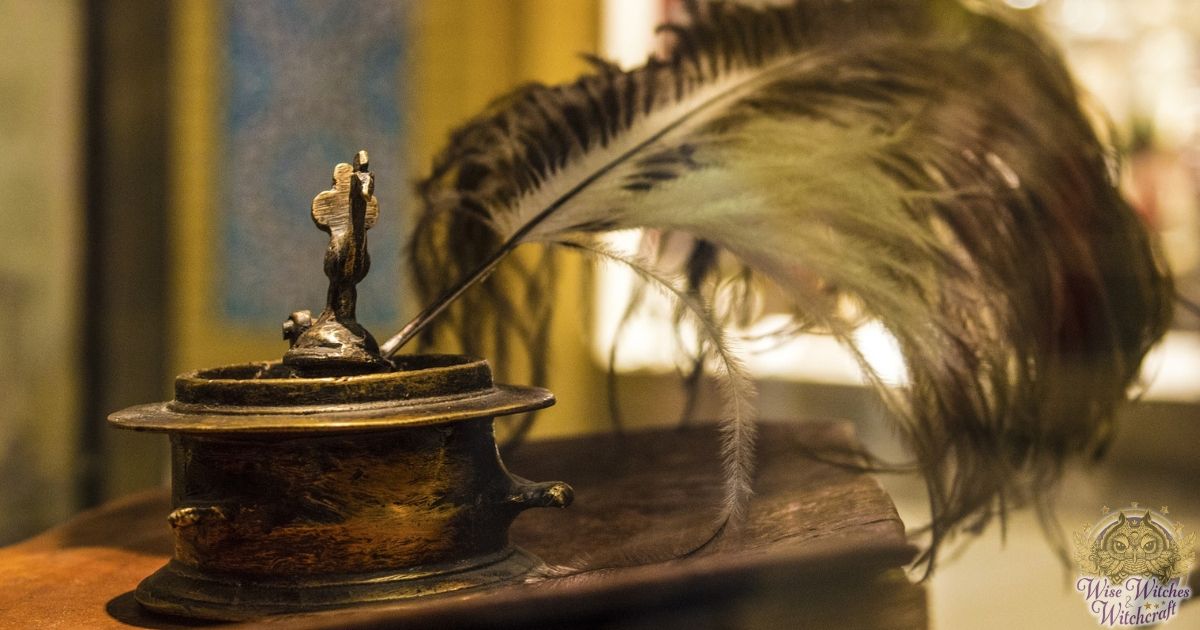
Here are a few things that many Books of Shadows contain:
- Altar Ideas: What is a basic altar set up? How do you change your altar, reflecting the time of year or celebration? Does the altar need to go anywhere special in a sacred circle? These are the questions answered in this section.
- Color Correspondence: This includes various shades of colors (like pink vs. red, or wine vs. red). It may also incorporate associations from other spiritual traditions like Feng Shui.
- Crystal Properties: A portion of the BOS dedicated to sacred stones and gems, and their meanings. Many create an alphabetical list for easy reference that includes the element, planet and Zodiac sign with which the crystal is associated. Beyond this, the information details out how each crystal’s energy applies to magical workings.
- Elemental Associations: The five traditional elements of Witchcraft detailed out. In what direction does each element lie? What are the characteristics of the elements and how do you use them in spells and rituals. This section may also include the Asian Witch’s list of elements, which is different from Western tradition.
- Herbs, Incense and Oils: These three may not always be grouped together, but they have a lot of commonalities. Herbs and plants have elemental designations, planetary alignments, and magical applications. Incense and aromatic oils made from those plants carry the same significance (for the most part) depending on the final use.
- Meditations & Visualizations: A line-by-line narrative of favored meditations and visualizations organized by their purpose.
- Moon: The meaning of moon phases, gardening by the moon, moon spells & charms, moon names etc.
- Recipe: Formulas for potions, notions and magical edibles. Note that some people put Potions separately.
- Rituals: Rituals aren’t normally committed to memory, particularly if you enact a lot of them. These are completed rites ready for use again in the future
- Rules: What are the Witch’s personal guidelines and ethics for magic?
- Spells, Charms, Amulets & Talismans: It’s easiest to set these up by purpose. They all have some commonalities with one another, but you can separate them into different sections.
- Tools: What are the Witch’s tools of the trade? What do they symbolize? Where did they originate? Which ones do you prefer to use and why.
- Wheel of Year: Annual holidays, festivals and observances explained with suggestions for activities, decorations, feasts etc.
A Grimoire vs. A Book of Shadow
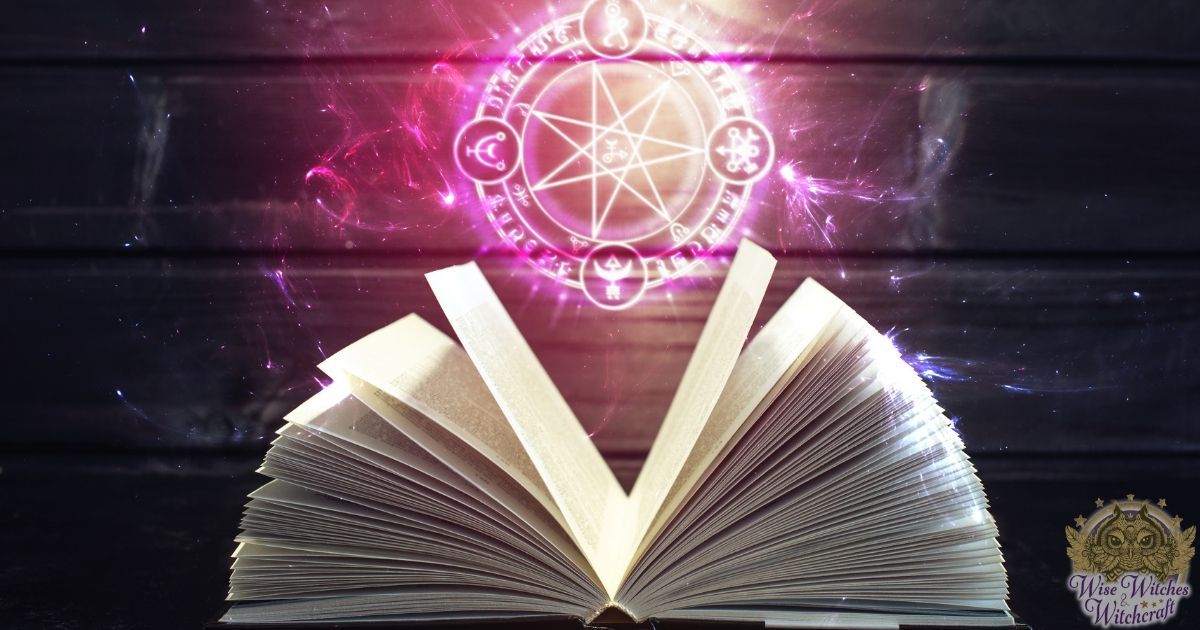
You may have heard about a Witch’s Grimoire and wondered what the heck is that? It’s a lot like a Book of Shadow, but nowhere near as personal. This is kind of a generic set of instructions without any individual insight.
Grimoire comes from a French term that describes any book written in Latin at first. It wasn’t until the 1800s that it applied to the occult and magic. Even so, we use the term for describing many ancient collections of magic like: the Sworn Book of Honorius (13th Century), the Magical Treatise of Solomon (15th century), Three Books of Occult Philosophy (16th century) and the Grand Grimoire of the 18th century. After the advent of the printing press, any such book written by hand was considered far more powerful.
You can call your Book of Shadow a Grimoire if you wish (it’s certainly has a flourish!). What’s most important is maintaining a record of what you learn and how you apply it. If it were not for the oral traditions of our ancestor magicians, we would know little of magic today. So think of this like creating a “family” keepsake that can be handed down to whomever you wish.
Adapted from “Your Book of Shadows,” by Patricia Telesco. All rights reserved.

